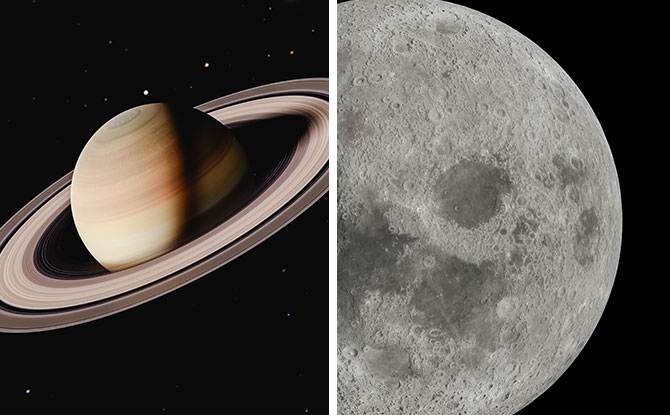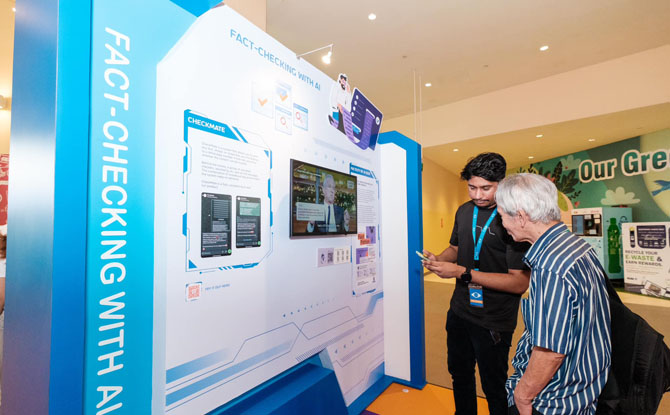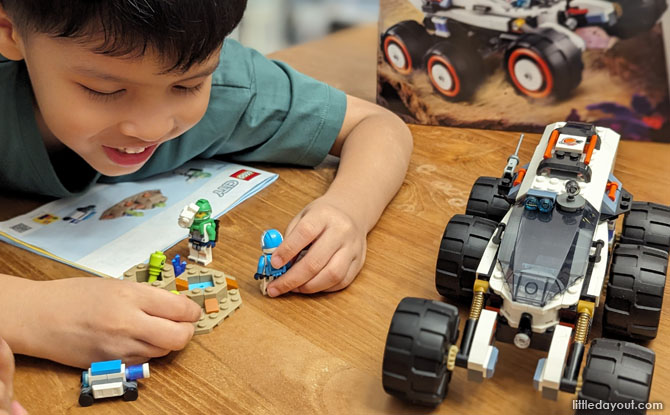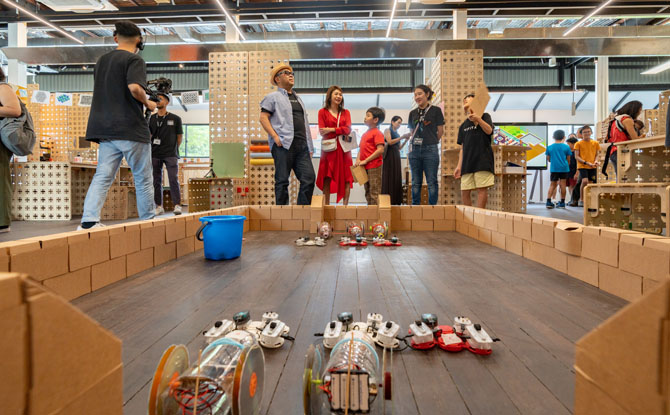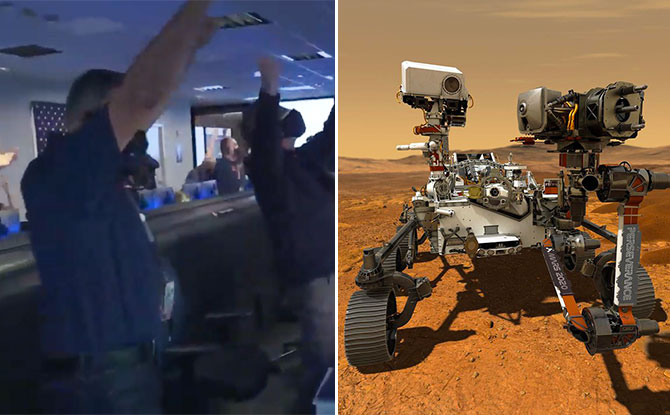
At Mission Control, the sense of tension was palpable as the Perseverance Mars Rover spacecraft entered into the atmosphere of Mars. The mission was entering the “seven minutes of terror” phase, where the spacecraft would make its descent and land on the surface autonomously.
In a time when most of us are unable to travel, the Perseverance Mars Rover made a seven-month journey across space and made a landing on another planet thanks to science and engineering For some at NASA and the Jet Propulsion Lab, it was the result of six years of work to bring the advanced robot to another planet.
Landing the Perseverance Mars Rover: Seven Minutes of Terror
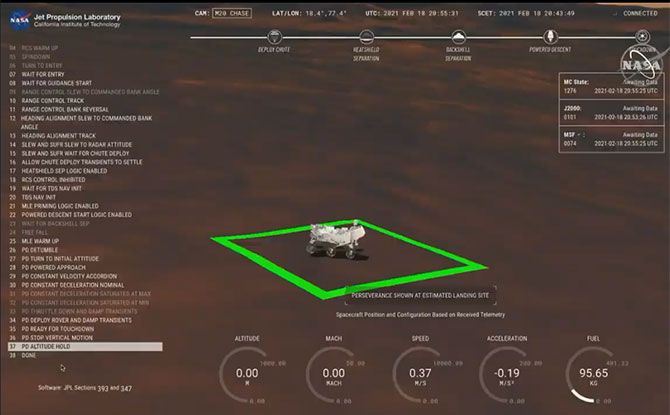
Watching on the livestream from Mission Control in California, the world could follow along as Perseverance went through different stages of its descent – from deploying it parachute to jettisoning its back shell to firing up the reverse thruster jets and lowering the rover gently down to the surface.
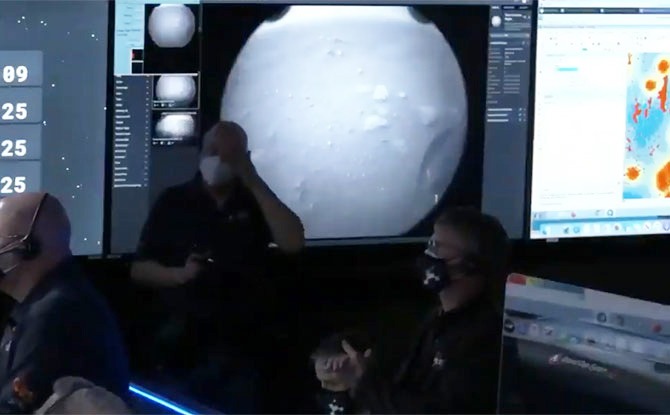
When it was finally announced that Perseverance had safely made it to the Mars and images started to stream back to Earth, cheers erupted through the room with fist bumps all around.
BE PSLE-READY: Join Expert Educators for Revision Boosters to Empower P6 Students
BURP: Join the Sound Collector on a Whimsical Chase at Esplanade – Theatres on the Bay
WEEKEND IDEAS: Get Inspirational Ideas of Things to Do
Fittingly, because the future of space exploration belongs to the young, there were many students who were watching along too.
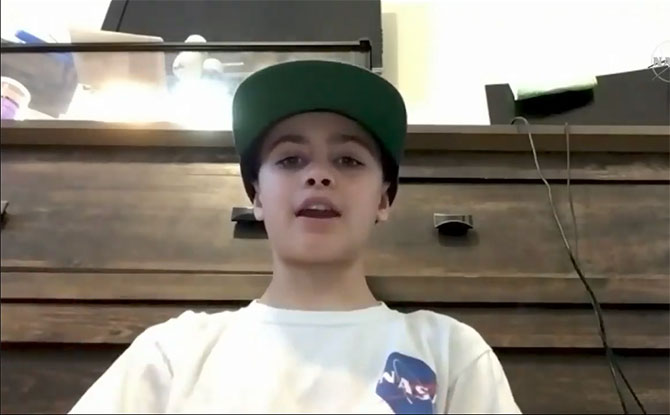
A six-grader had the chance to ask NASA a question – how would there be resources to support life on Mars? It turns out this is one of the future-looking technologies which the Mars 2020 Perseverance mission will aim to demonstrate with a proof-of-concept experiment.
The Mars Oxygen In-Situ Resource Utilization Experiment, or MOXIE, is an instrument that aims to produce oxygen from Mars’ carbon dioxide atmosphere. This paves the way forward for how oxygen may be produced for rocket propellant and even human breathing.
Science Experiments and Testing on Mars
This is one of several new boundaries that Perseverance will push.
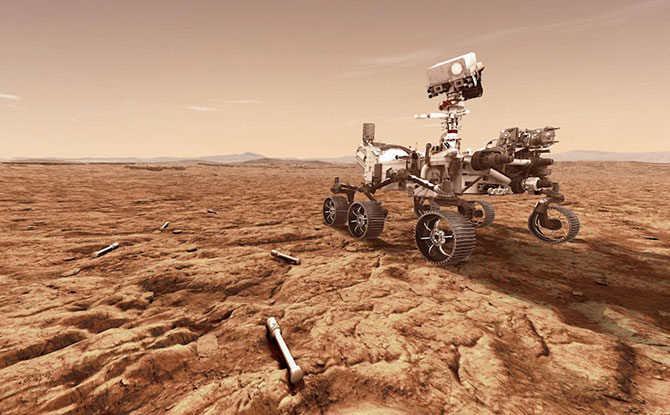
Perseverance is part of the first leg of humanity’s first planned round trip to another planet. The two-part plan aims to return samples of Mars’ rocks to Earth where they can be studied by scientists more closely. The rover will bore into the planet’s surface to collect chalk-sized rock samples which will be collected by a future mission.
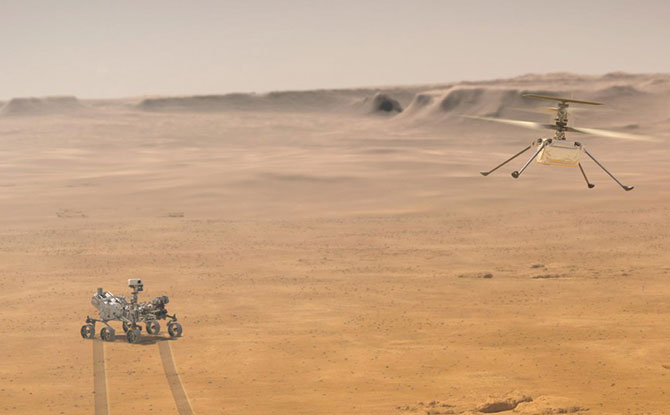
It will also be the first time that a human aircraft will be flown on another planet. The Ingenuity Mars Helicopter is a technology experiment that will test flight capability on Mars. The first test flight is due tomorrow.
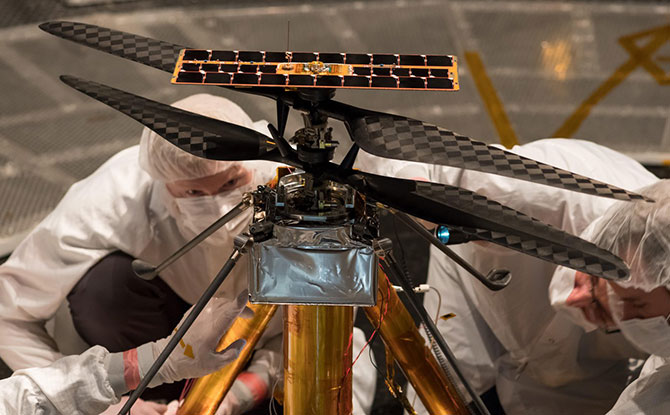
If successful, this could lead to the use of flying robot to help with the exploration of the Red Planet.
Follow Along the Space Exploration
The landing of Perseverance is just the beginning. The robot on Mars will now carry out what it was intended for and the mission has been handed off from the EDL (Entry, Descent and Landing) team to the surface team, who will now have adjust to working on Mars time. A Martian day is around 40 minutes longer than an Earth day.
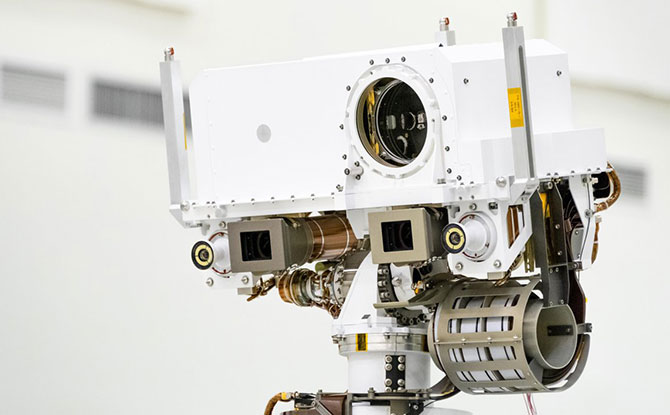
Science, technology, experimentation and the human spirit of exploration. If these are traits that fascinate you, you can follow along with Perseverance’s adventure on social media via @NASAPersevere and @NASAMars on Twitter and Facebook. The rover has 19 cameras so you should have a pretty good view.










